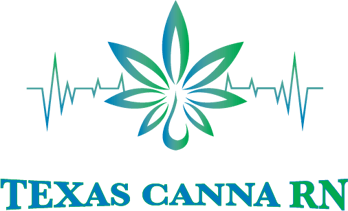Children: Attention and CBD
How CBD may play a part
ATTENTION and FOCUS
CBD:CBG
Attention, Focus, Mood and Activity may be characterized by fundamental issues within the Endocannabinoid System (ECS). Science shows that there may be too much degrading of the enzyme fatty acid amide hydrolase (FAAH) at the CB1 receptors, and too little enabling of the protein Anandamide (AEA).
What does this mean?
• AEA plays a significant role in mood, behavior and the reward center of the brain. It controls the "happiness" molecules.
• Having too much FAAH degrades and inactivates AEA and its function.
• The ECS is thought to be involved in all of the body’s processes, via receptors called CB1 and CB2. They play a role in the regulation of all bodily functions including the immune system, the central nervous system and peripheral nervous system.
• CB1 receptors are primarily expressed in the brain and responsible for much of the healthy signaling and neurotransmitter function within the brain and body.
• CB2 receptors are primarily found in the immune system and peripheral system, and help modulate swelling and immune response.
People with attention and/or focus concerns seem to have less of an ability to regulate brain and body responses as compared to those non-affected. This has been noted in scientific data as well as observable data.
Receptors that may not be functioning properly may need a boost of AEA and/or regulation of Gamma Aminobutyric Acid (GABA).. There has been a reported alteration to the synaptic excitation–inhibition (E-I) balance in those with spectrum symptoms. This may be due to the GABA receptor signaling / balance being affected or impaired in those with interruptions in attention or focus.
By modulating the action of GABA, a decrease in the severity of the condition may be noted. Regulating GABA may help the CNS deal with too many neuronal signals that cause conditions like neurological firing or mood disorders.
GABA is the primary inhibitory neurotransmitter. If the brain is experiencing OVERACTIVITY reducing or inhibiting the GABA channel may decrease neuron activity and help prevent further exciting of nearby neurons. This may help with certain brain signals and lessen feelings of nervousness, stress, and fear. Resulting in a calming effect.
Using CBD and CBG together may help potentiate beneficial, desired effects. Resulting in a strong team that binds to the “front door and side doors” of the given receptors.
References:
Inui, T., Kumagaya, S. & Myowa-Yamakoshi, M. Neurodevelopmental hypothesis about the etiology of autism spectrum disorders. Front Hum. Neurosci. 11, 354 (2017).
Represa, A. & Ben-Ari, Y. Trophic actions of GABA on neuronal development. Trends Neurosci. 28, 278–283 (2005).
Robertson, C. E., Ratai, E. M. & Kanwisher, N. Reduced GABAergic action in the autistic brain. Curr. Biol. 26, 80–85 (2016).
Tavassoli, T., Miller, L. J., Schoen, S. A., Nielsen, D. M. & Baron-Cohen, S. Sensory over-responsivity in adults with autism spectrum conditions. Autism 18, 428–432 (2014).
Owens, D., Kriegstein, A. Is there more to GABA than synaptic inhibition? Nature Reviews Neuroscience Vol 3, 715 -727 (2002).
Stone, E. CBG: The next CBD? Flowertown (2019)


